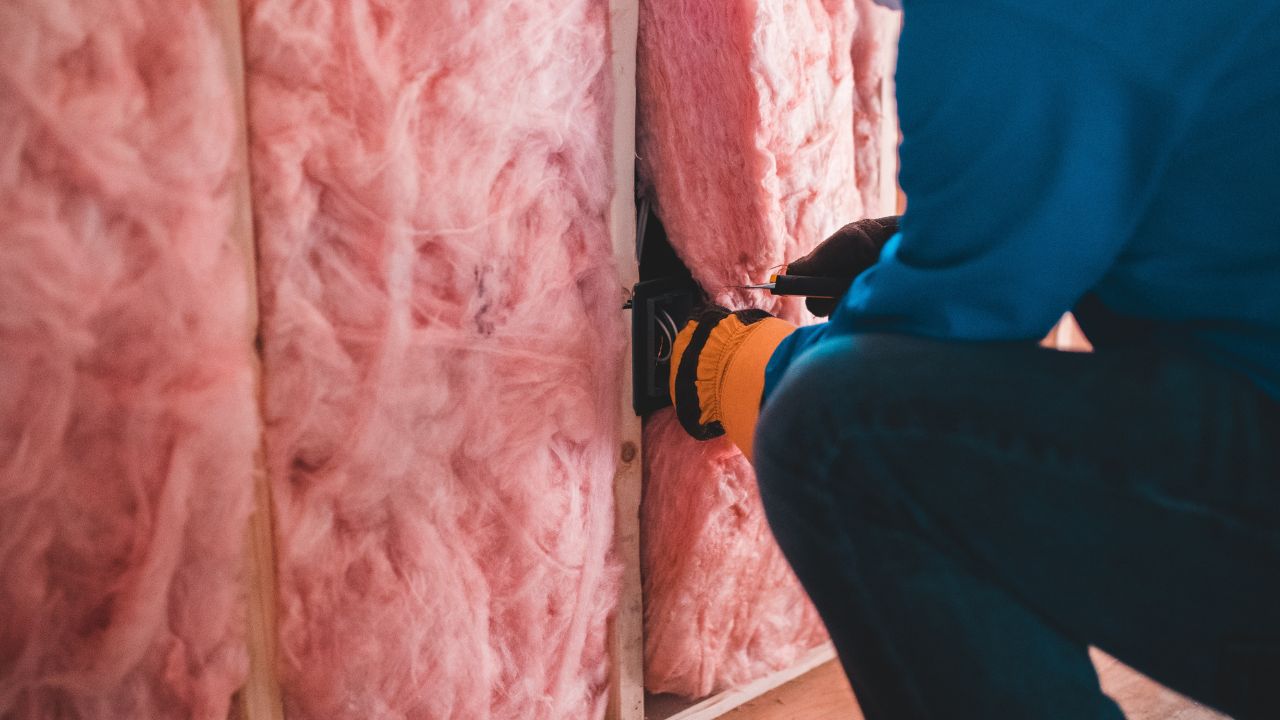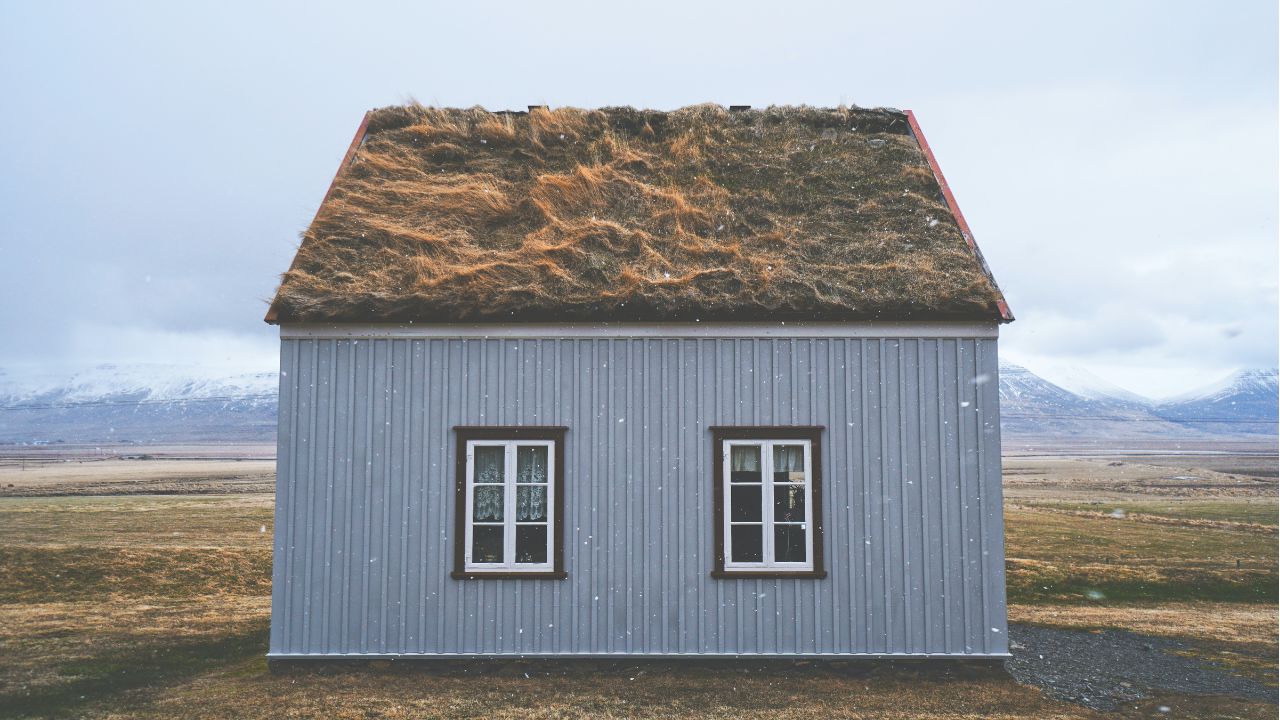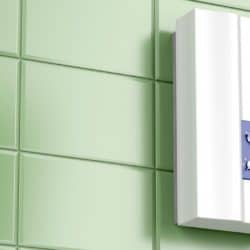As we confront the stark realities of climate change, there is a growing need to adapt and embrace eco-friendly practices, especially in our homes. The Green Revolution isn’t just about big businesses and industries making a change; it’s about making a difference at a grassroots level, starting with our houses. Home upgrades that prioritise sustainability play a crucial role in this revolution.
Contents
The Role of Energy Efficiency
Energy efficiency lies at the heart of sustainable home upgrades. By reducing the amount of energy required to heat and cool our homes, we can significantly cut back on our carbon footprints.
The most direct method of achieving this is through efficient energy consumption. Using energy-saving appliances, installing energy-efficient lighting, and integrating smart technologies that optimise energy use are all effective strategies.
The Importance of Good Insulation

A pivotal part of energy efficiency in the home is insulation. A well-insulated home retains heat during winter and keeps the house cool in summer, reducing the need for excessive heating or cooling.
This process contributes to significant energy savings and, by extension, reduced energy bills. A reputable insulation company such as Usher Insulations, for example, can help homeowners upgrade their insulation using modern, eco-friendly materials, ensuring homes are cosy, comfortable, and energy-efficient.
Eco-Friendly Materials and Techniques
In the quest for eco-friendly home upgrades, it is important to consider the materials used. From building with reclaimed wood to using plant-based insulation, green materials are both durable and sustainable. When it comes to painting, choose low-VOC or VOC-free paints to reduce air pollution.
Solar panels are another great way to incorporate green technology into homes. By harnessing the power of the sun, homeowners can significantly decrease their reliance on fossil fuels and lower their energy bills. Moreover, many governments offer incentives for those who install solar panels, making them a financially viable option for many households.
Green roofing, which involves planting vegetation on the roof of a building, can also contribute to a more sustainable home. This technique reduces energy costs by providing natural insulation, managing stormwater, and increasing urban biodiversity.
Water Efficiency
Water efficiency is another vital component of sustainable home upgrades. By incorporating water-saving fixtures like low-flow showerheads and dual-flush toilets, homeowners can drastically reduce their water usage.
Additionally, rainwater harvesting systems and greywater recycling can be excellent ways to conserve water. These systems capture rainwater and re-use household water for gardening and other non-potable uses, thereby reducing the need for freshwater resources.
Installing a smart irrigation system for your garden can also contribute to water conservation. These systems use weather data and soil sensors to water your garden only when necessary, thereby preventing water wastage.
Sustainable Landscaping
Landscaping choices can also impact a home’s environmental footprint. Xeriscaping, a landscaping method that minimises water use, is a great option for those living in drier climates. It involves the use of native and drought-tolerant plants, efficient irrigation systems, and the strategic use of mulch to reduce evaporation.
Creating a wildlife-friendly garden can also contribute to local biodiversity. By planting a variety of native plants, you can provide food and habitat for local bird and insect species. Additionally, consider installing birdhouses or bat boxes to encourage more wildlife to visit.
Additionally, consider installing birdhouses or bat boxes to encourage more wildlife to visit. This way, you’re not just creating a perfect home for yourself, but also for the local wildlife.
Energy Efficient Lighting
Lighting can account for a significant percentage of a home’s electricity usage, but it’s also one of the easiest to address. By replacing conventional light bulbs with LED or CFL alternatives, homeowners can drastically cut their energy consumption.
These bulbs use less energy and last longer, making them a more sustainable choice. Additionally, making the most of natural light through strategically placed windows or skylights can reduce the need for artificial lighting during the day.
Indoor Air Quality and Ventilation
Indoor air quality is a crucial but often overlooked aspect of sustainable home upgrades. Poor air quality can lead to numerous health issues, such as allergies, respiratory conditions, and even some forms of cancer. Therefore, ensuring good ventilation and minimising indoor pollutants, as well as maintaining optimal humidity levels in winter, is a key step in creating a healthy, eco-friendly home.
You can improve indoor air quality by choosing materials that emit fewer volatile organic compounds (VOCs), using natural cleaning products, and ensuring your home is well-ventilated. Installing a ventilation system with heat recovery can not only improve indoor air quality but also save energy by retaining the heat typically lost through ventilation.
Sustainable Home Appliances
While choosing appliances for your home, energy efficiency should be a primary concern. Energy Star-rated appliances, for instance, meet strict efficiency guidelines set by the U.S. Environmental Protection Agency and the U.S. Department of Energy. By opting for appliances with this rating, you’re not only cutting down your utility bills but also reducing your carbon footprint.
From refrigerators and washing machines to dishwashers and air conditioners, almost every appliance has an energy-efficient counterpart. While these appliances might sometimes cost more upfront, the energy savings over their lifespan make them a cost-effective investment.
Smart Home Technologies
Smart home technologies can make a significant contribution to sustainability. By integrating systems that automate lighting, heating, cooling, and other home functions, you can optimise energy usage and reduce waste. For example, programmable thermostats allow for temperature control based on your daily routines, ensuring the heating or cooling system is not running unnecessarily when the house is unoccupied.
Similarly, smart power strips can detect when a device is not in use and cut off power, eliminating the energy waste from idle electronics.
Conclusion
In the face of our changing climate, the Green Revolution is more than a trend; it’s a necessary shift towards a more sustainable future. By upgrading our homes with energy-efficient and eco-friendly features, we’re taking crucial steps in the right direction. The path to sustainability begins at home.



